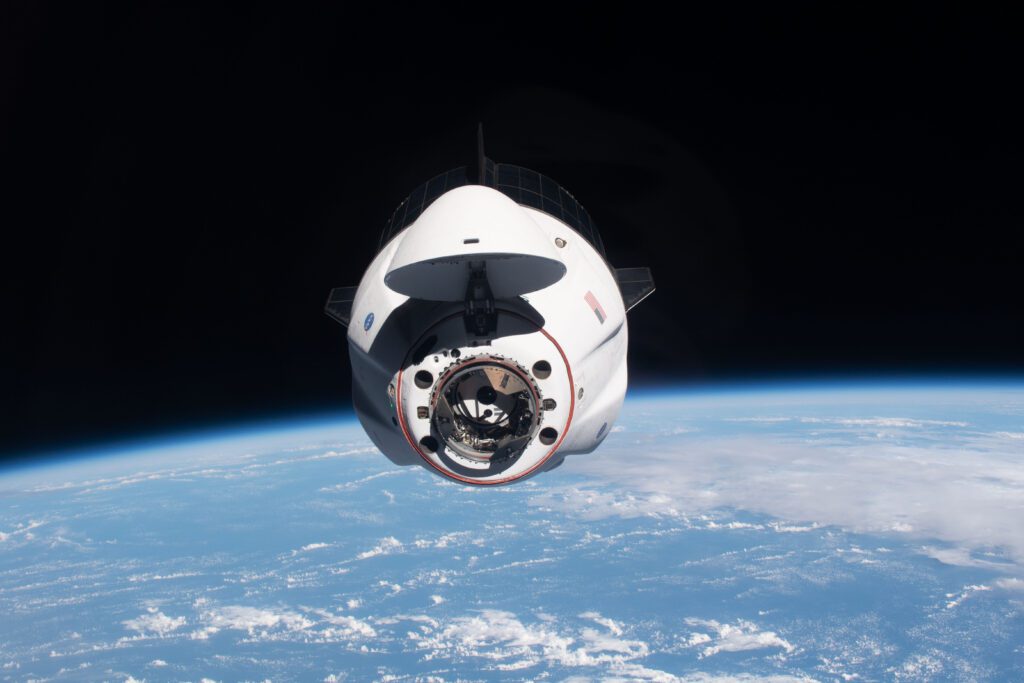This article explores the growing influence of military satellites and space missions in modern warfare. Satellites have revolutionized military operations by providing crucial information about the Earth’s surface, enemy movements, and global communication networks. They play a vital role in surveillance and reconnaissance, gathering real-time intelligence and facilitating seamless connectivity for military forces worldwide. Space missions, including manned and unmanned space vehicles, enhance military capabilities in different domains. Missile defense systems leverage space technology to detect, track, and destroy incoming missiles, providing timely warning and the ability to launch counterattacks. However, the increasing reliance on orbital assets poses challenges including space situational awareness, space security, and space debris management. Cooperation and responsible practices are crucial for the long-term sustainability of space-based military assets.
Space-Age Weapons: The Growing Influence of Military Satellites and Space Missions
Introduction
In recent years, the development and deployment of space-age weapons have become a significant area of focus for military organizations worldwide. Satellites and space missions have revolutionized warfare by offering unparalleled capabilities in communication, surveillance, navigation, and missile defense. This article explores the growing influence of military satellites and space missions in modern warfare.
Military Satellites: Eyes in the Sky
Satellites have dramatically transformed military operations by providing crucial information about the Earth’s surface, enemy movements, and global communication networks. These orbital assets play a vital role in surveillance and reconnaissance, enabling military strategists to gather real-time intelligence and make informed decisions.
Optical imaging satellites capture high-resolution images of the Earth’s surface, allowing military intelligence analysts to monitor suspicious activities, keep track of troop movements, and identify potential threats. Synthetic aperture radar (SAR) satellites, on the other hand, can penetrate cloud cover and operate during both day and night, providing all-weather and continuous surveillance capabilities.
Furthermore, communication satellites ensure seamless connectivity for military forces around the world. These satellites facilitate secure and reliable communication between troops, command centers, and even submarines, enabling effective coordination and timely responses. Satellites also support data transmission for intelligence gathering and serve as a backbone for various military operations, including drone strikes and precision-guided missile attacks.
Space Missions: Expanding Capabilities
Space missions go beyond satellites and are designed to enhance military capabilities in different domains. The development of manned and unmanned space vehicles has revolutionized the way military organizations carry out their operations.
The International Space Station (ISS) serves not only as a research facility but also as a valuable platform for military experimentation and training. Astronauts conduct experiments related to space physiology, technology development, and long-duration missions, which have direct applications in future military space missions.
Military space planes, such as the X-37B, are another example of cutting-edge space-age technology. These unmanned aircraft are reusable and provide a range of capabilities, including surveillance, reconnaissance, satellite deployment, and technology testing. Their ability to stay in orbit for extended periods allows them to significantly contribute to situational awareness and gather critical data for military decision-makers.
Missile Defense: Countering Threats from Space
One of the most critical functions of space-age weapons is missile defense. Ballistic missiles pose a severe threat to both military installations and civilian populations. To counter such threats, anti-missile systems leverage space technology to detect, track, and destroy incoming missiles.
Satellites equipped with early warning systems detect missile launches from anywhere around the globe. This information is relayed to ground-based missile defense systems, which then track the trajectory of the threat and intercept it using various interceptors, such as Patriot or THAAD missiles.
Space-based missile defense systems not only provide a timely and accurate warning of incoming attacks but also offer the capability to launch counterattacks. The ability to strike enemy missile launch sites from space provides a significant advantage in preempting and deterring potential adversaries.
Future Challenges and Considerations
While the growing influence of military satellites and space missions has opened up new possibilities in warfare, it also poses unique challenges. The immense dependency on orbital assets makes them vulnerable targets of attack by adversaries, leading to the need for enhanced space situational awareness and space security measures.
Space debris is another critical concern. With a growing amount of defunct satellites, spent rocket stages, and other debris cluttering the Earth’s orbits, potential collisions can endanger functioning satellites and degrade space capabilities. The development of technologies for debris removal and responsible space practices becomes crucial for the long-term sustainability of space-based military assets.
Conclusion
The influence of military satellites and space missions in modern warfare continues to grow rapidly. These space-age weapons provide unparalleled capabilities in surveillance, communication, navigation, and missile defense. However, they also present unique challenges regarding space security and debris management. As space becomes increasingly militarized, countries around the world must navigate these issues and create frameworks for cooperation to ensure the responsible and effective use of space-based assets in the years to come.
